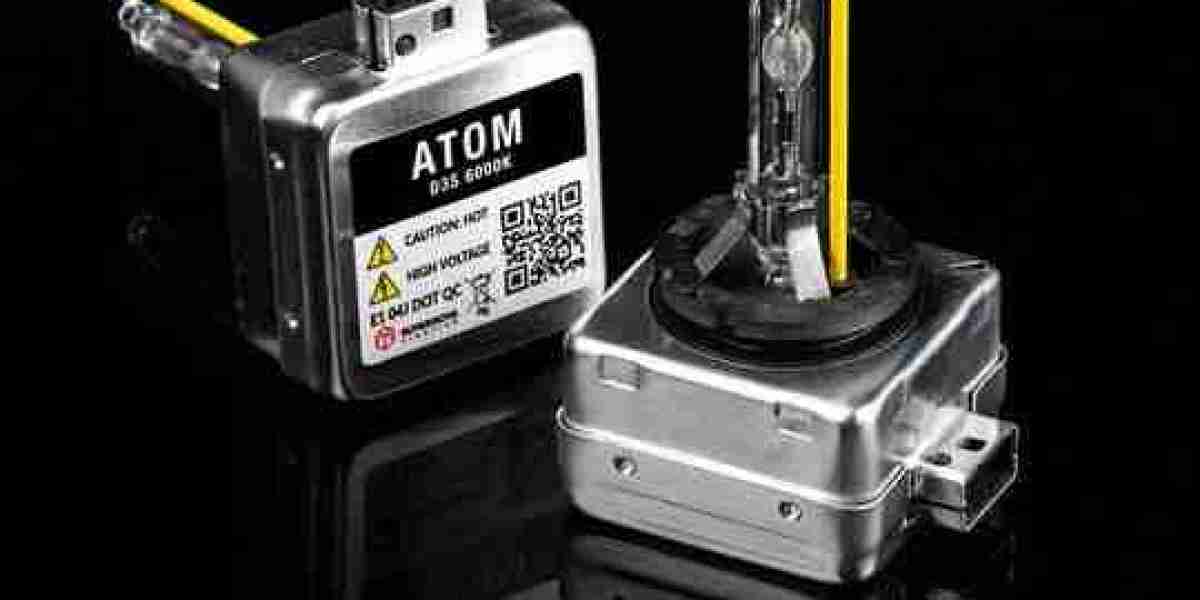In recent years, automotive lighting technology has undergone a significant transformation, with Light light-emitting diodes (LEDs) emerging as the preferred choice for car lighting systems. LED lights offer numerous advantages over traditional halogen and incandescent bulbs, including enhanced brightness, energy efficiency, durability, and versatility. In this comprehensive guide, we delve into the world of car LED lights, exploring their key features, benefits, applications, and advancements.
- Evolution of LED Technology:
- LED lights have revolutionized automotive lighting, offering superior performance and design flexibility.
- Initially used in brake lights and indicators, LEDs are now widely employed in headlights, fog lights, daytime running lights (DRLs), interior lighting, and more.
- Advancements in LED technology have led to the development of adaptive lighting systems, where lights adjust their intensity and direction based on driving conditions and environmental factors.
- Key Advantages of LED Lights:
- a. Brightness and Visibility:
- LED lights produce a bright, crisp light output, improving visibility for drivers and enhancing road safety.
- Their high luminous efficacy ensures efficient light distribution, reducing glare and providing uniform illumination.
- b. Energy Efficiency:
- Compared to traditional bulbs, LEDs consume less power, resulting in reduced energy consumption and extended battery life.
- The efficiency of LED lights contributes to fuel savings in vehicles, making them environmentally friendly.
- c. Durability and Longevity:
- LED lights are solid-state devices, resistant to shocks, vibrations, and temperature variations, ensuring durability and reliability.
- With an average lifespan of tens of thousands of hours, LED lights outlast conventional bulbs, reducing the need for frequent replacements.
- d. Instant On/Off:
- Unlike halogen bulbs, LEDs illuminate instantly without any warm-up time, providing immediate visibility and safety benefits.
- e. Customization Options:
- LED technology allows for customizable lighting solutions, enabling car manufacturers and owners to personalize the appearance of their vehicles.
- RGB (Red, Green, Blue) LEDs enable dynamic color-changing effects, adding aesthetic appeal and creating unique lighting patterns.
- Applications of Car LED Lights:
- a. Headlights and Taillights:
- LED headlights offer superior illumination, improving nighttime visibility and reducing driver fatigue.
- LED taillights enhance rear-end visibility, enabling quicker recognition of braking and turning signals by other motorists.
- b. Fog Lights and DRLs:
- LED fog lights penetrate through adverse weather conditions, such as fog, rain, and snow, enhancing driving safety.
- DRLs improve vehicle visibility during daylight hours, reducing the risk of daytime accidents.
- c. Interior Lighting:
- LED interior lights provide a modern and stylish ambiance within the vehicle cabin, enhancing comfort and convenience for passengers.
- Ambient lighting systems with LED technology offer customizable color options, creating a personalized driving experience.
- d. Accent and Underbody Lights:
- LED accent lighting adds a touch of flair to the exterior of vehicles, accentuating contours and highlighting design elements.
- Underbody LED lights create a striking visual effect, enhancing the vehicle's appearance and visibility, particularly at night.
- Recent Innovations and Trends:
- Matrix LED headlights: Adaptive lighting systems with individually controllable LED segments, enabling precise beam shaping and glare-free illumination.
- Laser headlights: Advanced lighting technology utilizing laser diodes to achieve long-range visibility and energy efficiency.
- OLED (Organic Light Emitting Diode) technology: Thin, flexible lighting panels integrated into car interiors, offering customizable designs and enhanced aesthetics.
- Connected lighting systems: Integration of LED lights with vehicle communication networks for enhanced safety features, such as vehicle-to-vehicle (V2V) communication and adaptive signaling.
Conclusion:
Car LED lights represent a paradigm shift in automotive lighting technology, offering unmatched performance, efficiency, and versatility. From enhanced visibility and safety to customizable design options, LED lights continue to redefine the driving experience. As technology evolves, we can expect further innovations in LED lighting, driving towards safer, smarter, and more stylish vehicles on the road. Visit the official website altiq.com.au








